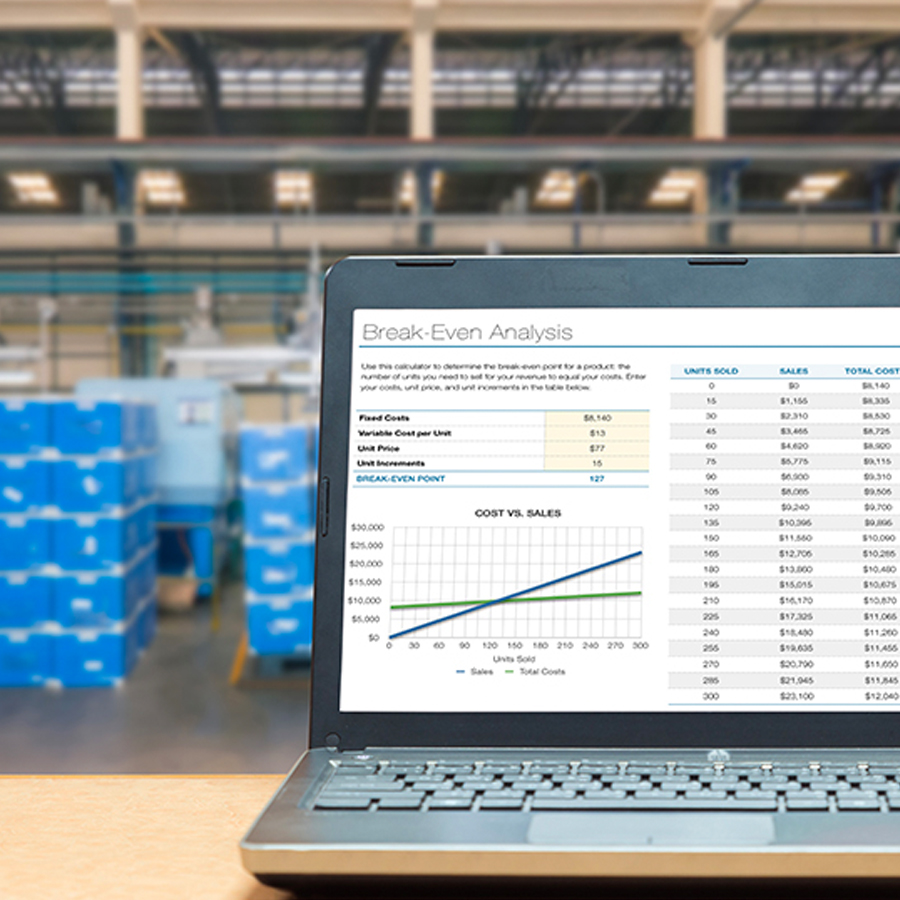Welcome back to the third and final installment of our podcast series on "Acceleration in Reshoring." I am Gary Hoover, and I am joined once again by Harry Moser, founder of the Reshoring Initiative, to continue our conversation about trends, successes, and lessons learned in reshoring efforts.
In the previous episode, we explored current themes within certain manufacturing sub-sectors at the leading edge of reshoring and those encountering challenges in this endeavor. In this episode, Harry and I delve into the impact of the productivity decline in US manufacturing on reshoring efforts. Harry will also share observations from failed reshoring initiatives that manufacturing leaders should consider during the decision-making or planning stages of a reshoring project.
Listen to the full podcast or read the summary of our discussion below.
Impact of Productivity Lag on Reshoring
While we've witnessed a positive trend in reshoring, a notable challenge is the lag in productivity growth. Harry sheds light on the need for a combination of increased investment in automation and better training for highly skilled workers. According to the U.S. Bureau of Labor Statistics, in mid-2020, the US experienced a record-breaking dip in manufacturing output since World War II, falling to a 43% annual rate, and hours worked fell at a 38% rate. Additionally, the Federal Reserve reports a 1.72 percent decrease in manufacturing production in the United States in October 2023 compared to the same month in the previous year. While there has been a surge in investment in manufacturing buildings, the trend is softer for investment in machine tools, implying that we might not be investing enough to achieve the necessary productivity increases. We need a combination of more investment in automation and better training for highly skilled workers. Harry emphasizes the importance of bringing companies above the 80% capacity utilization mark to trigger a self-fulfilling virtuous spiral, similar to China's success over the last two decades.
Learning from Failures
Our conversation also touched on failed reshoring initiatives, such as Stanley Black and Decker's attempt to bring back one of its top product lines from China and Otis Elevator’s reshoring from Mexico to the Southeast. These stories highlight the challenges of implementing unique, world-leading automation for products requiring extensive manual input.
The first case involves Stanley Black and Decker's attempt to reshore the Craftsman line from China to Fort Worth, Texas. Despite ordering a sophisticated automated manufacturing system from Eastern Europe, they faced challenges with its implementation, coupled with issues like COVID, losing top talent due to retirement, supply chain disruptions, and a profitability downturn, leading to the abandonment of the project. Harry observes that crafting cutting-edge automation for products that typically involve extensive manual input in the manufacturing process is challenging. While automating processes like moving items between stations is more straightforward, the complexity arose in this case where the automation was designed to transport actual forgings from one hammer to another, holding them in place during the forging process. This intricate task proved very difficult, particularly at a location not accustomed to semi-automated production of such products. The attempt to implement this advanced automation seemed to be a case of attempting to progress too quickly, akin to running before walking, often an ineffective approach in achieving successful outcomes.
The second scenario in Harry’s analysis is Otis Elevator's reshoring from Mexico to the Southeast, facing difficulties due to slow sales during a recession. Despite initial challenges in delivering orders and hiring a workforce, they eventually overcame obstacles. The paragraph emphasizes the complexity of automating products requiring extensive manual input and stresses the importance of careful planning, including building excess inventory, early hiring, and having insurance in place. Another historic case discussed is Solyndra, where a government-backed reshoring of solar panel manufacturing failed due to the improved economics of China's alternative method, resulting in bankruptcy and highlighting the risks associated with new products.
Otis Elevator provides another case in point—they decided to reshore elevator production from Mexico to a location in the southeast. Due to slow sales during a recession, they initially believed they had ample time. However, when elevator orders surged dramatically, they faced challenges in both delivering on time and rapidly hiring an adequate workforce. This situation led to a couple of difficult years. Ultimately, after consolidating their efforts, they successfully resolved the issues, resulting in a positive outcome.
Lessons learned from both these scenarios are:
- Careful planning and precision in execution are critical.
- Take a crawl, walk, run approach to automation.
- Early hiring and understanding the labor situation in the location you are moving.
- Build excess inventory where needed to cover demand.
Navigating Reshoring Challenges: Tools, Expertise, and Strategies for Success
The reshoring landscape is dynamic, with an increasing demand for insights into the practical aspects of reshoring and nearshoring. Companies are actively reassessing their domestic operations, introducing complexities into the decision-making process. For those considering reshoring, valuable resources like the TCO estimator and import substitution program can aid in the decision-making process. If your company lacks the expertise to lead a reshoring project, we recommend enlisting a team of experts in supply chain management and manufacturing operations, like those at TBM Consulting. Drawing from their experience in managing projects of various scales, these experts can ensure a successful transition. As demonstrated by some of the challenges discussed in this podcast, investing in proven methods, tools, and resources is crucial for a seamless reshoring experience.
It's evident that reshoring is a multifaceted journey, and we're committed to tracking not only reshoring trends but also overall productivity trends and solutions within manufacturing. Stay tuned for more insightful discussions and content.





